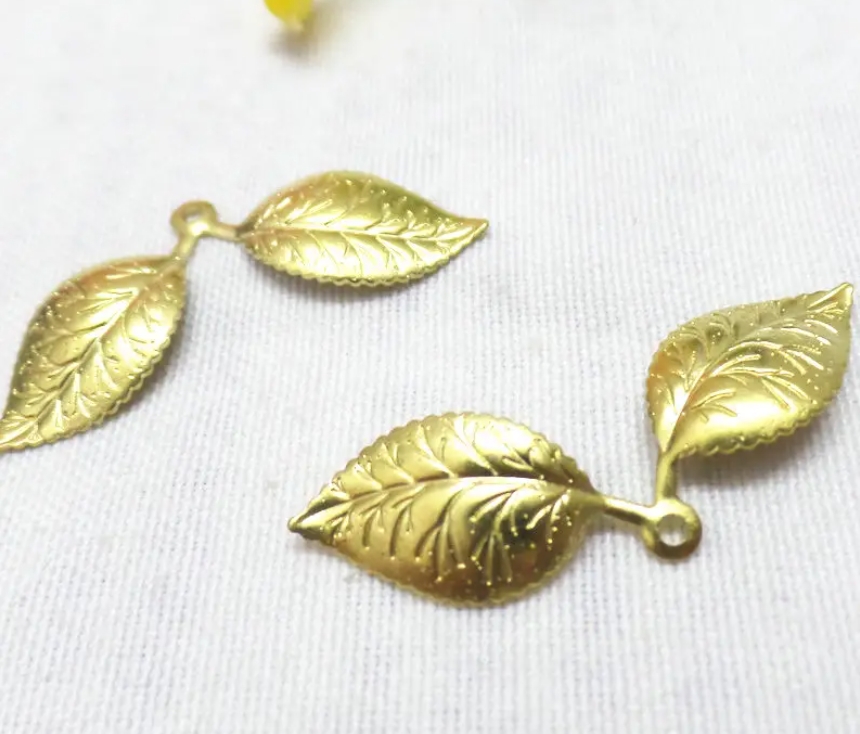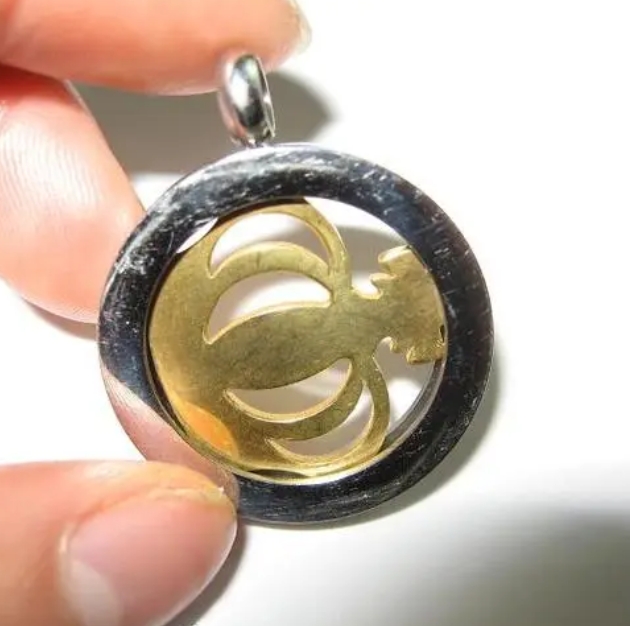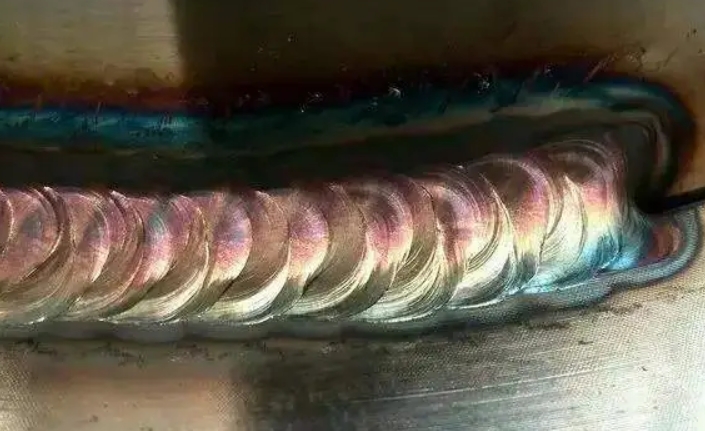YAG is an acronym for yttrium, aluminum, and garnet. YAG laser welding is a typical form of solid-state laser welding. A flash lamp is used for excitation, enabling laser oscillation at short wavelengths.
YAG laser welding enables transmission using mirrors or optical fibers, with the method being available as needed. Another advantage of YAG laser welding is that the wavelength is as short as 1/10 that of a CO2 laser, and the energy absorption rate to the base material is high.
YAG lasers are lasers that utilize an active gain medium doped with neodymium yttrium aluminum garnet.
In the field of welding, there are three common types of lasers: pulsed neodymium-doped yttrium aluminum garnet (Nd:YAG), continuous wave (CW) fiber and quasi-CW fiber. Each laser type has unique capabilities for specific applications. The following is a comparison of the characteristics of pulsed Nd:YAG lasers and two fiber lasers, and discusses the reasons and timing of choosing one over the other. In some cases, multiple options may be suitable, and cost and maintainability may have a significant impact on the choice.
The active gain medium of Nd:YAG lasers is neodymium doped into a host crystal of yttrium aluminum garnet. This laser uses a solid rod of material about 0.1-0.2 inches in diameter and about 4 inches in length, is optically pumped by a flash lamp, and typically emits light at a wavelength of 1064 nanometers, but can also be frequency doubled to 532 nanometers (green light). The optical design of the Nd:YAG laser is relatively simple. Its core is the power supply that controls the flash lamp voltage, and precise control of the peak power and pulse width during the laser pulse is achieved through internal optical feedback. Nd:YAG lasers can operate in pulsed and continuous wave (CW) modes, typically operating in Q-switched mode.
Due to its excellent pulse control, Nd:YAG lasers are able to deliver high peak power in a small size, enabling large spot size welding. This makes it highly adaptable in terms of part assembly and laser and joint alignment. For example, a 25-watt laser delivers 6 kilowatts of peak power, enough to weld steel and aluminum with a spot size of 600 microns.
Pulsed Nd:YAG lasers have been around for decades and have by far the largest installed base. In today’s laser field, it is particularly suitable for spot welding applications below 0.02 inches, such as penetration welding and seam welding of thermal packaging. Its performance is particularly good in high-precision welding requirements, such as jewelry and watch manufacturing. Included in the figure are several examples of Nd:YAG laser welding.


According to the different welding products, Nd:YAG laser can be divided into portable desktop type and automatic YAG welding. The portable desktop type mainly relies on manual operation and is suitable for industries with less welding workload and relatively flexibility, such as jewelry welding. Automatic YAG welding is usually equipped with automated welding control programs, water cooling systems and flexibly movable welding platforms, so it is suitable for mold repair and large-volume automated welding.

If more detailed information is required, please contact us and we will recommend the most appropriate model for your specific application.
Email: sales@wellbridgetech.com
WhatsApp: +86 13480941847


